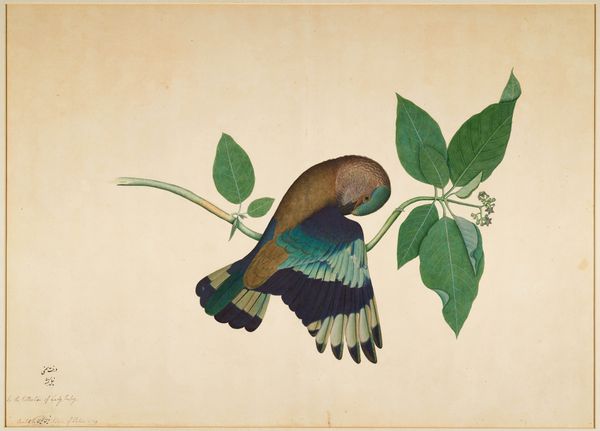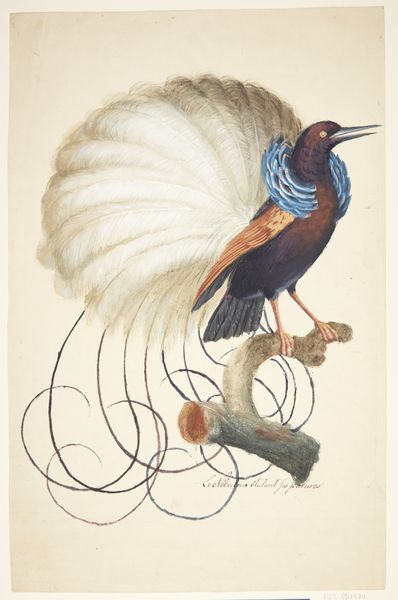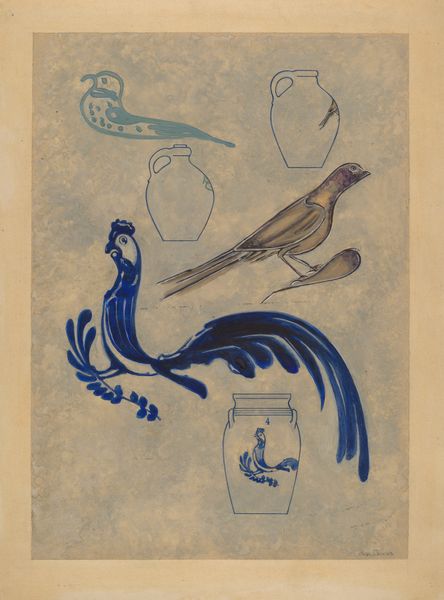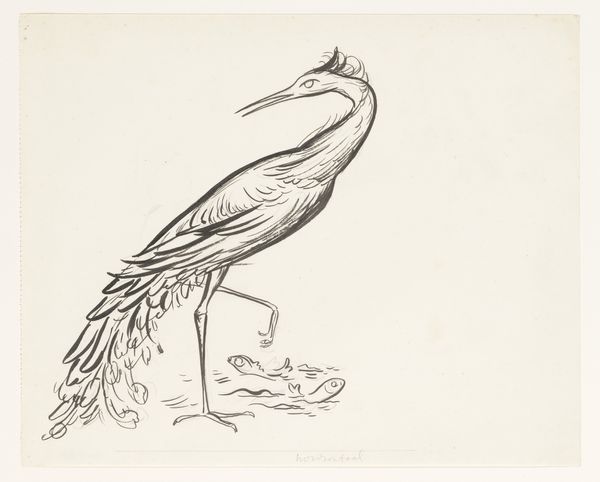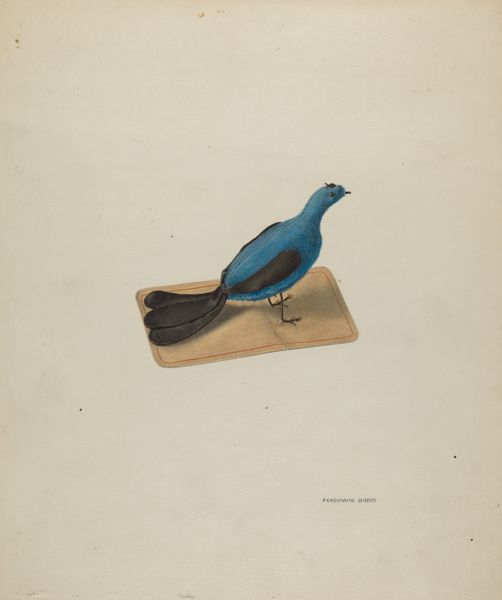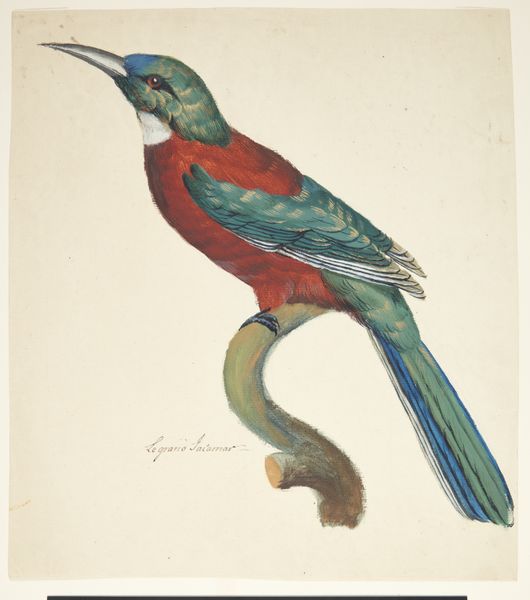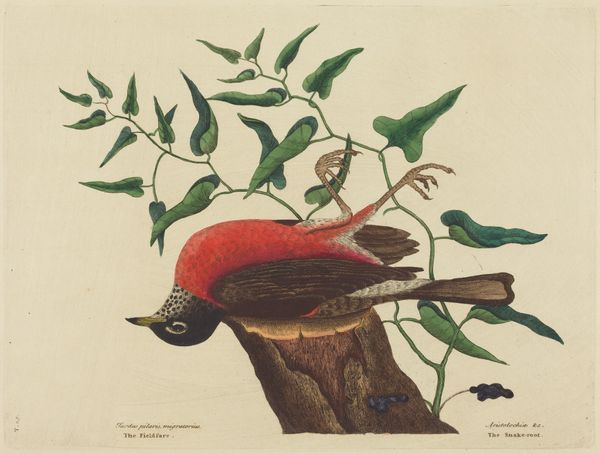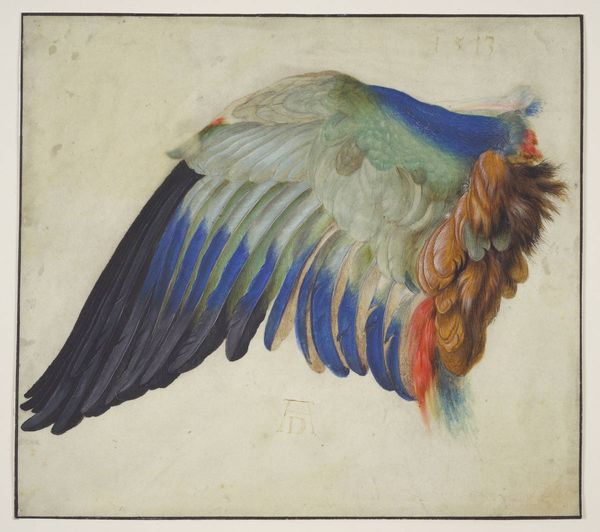
Plate 25, from "Histoire naturelle des perroquets" 1801 - 1806
0:00
0:00
drawing, coloured-pencil, print, watercolor
#
drawing
#
coloured-pencil
#
water colours
# print
#
bird
#
figuration
#
watercolor
#
coloured pencil
#
romanticism
#
naturalism
#
nature
#
realism
Dimensions: Sheet: 20 11/16 × 13 9/16 in. (52.5 × 34.4 cm)
Copyright: Public Domain
Editor: Here we have Plate 25 from "Histoire naturelle des perroquets" by François Levaillant, created sometime between 1801 and 1806. It's a beautifully detailed print, using watercolor and colored pencil. The bird itself is quite striking, perched so serenely. It feels almost like a photograph, capturing a specific moment in time. What strikes you most when you look at it? Curator: Oh, isn't it marvelous? It whispers of a world seen through both a scientist's and a poet's eye. Look at the delicate layering of blues in the bird’s plumage, and the way the light catches its eye… it feels like an attempt to truly *know* this creature. And you know, that little branch, gnarled and a bit mossy, becomes almost a stage for this avian performance. Do you get a sense of longing for the natural world when you see it? Editor: Absolutely! It’s so detailed, almost like you could reach out and touch the feathers. I am curious though: why create such realistic drawings of birds? Curator: Well, think of the era – this was a time of exploration, of "collecting" the world. But it wasn't just about conquest. There was also this fervent desire to document, to classify. Levaillant, he wasn't just drawing a bird; he was offering a glimpse into a vibrant, faraway land. It's science, sure, but touched by a sense of wonder. The quest of knowing turns, through his hand, into something else. Editor: So, it's more than just a pretty picture; it’s a record of discovery. I appreciate seeing the blend of science and art now. It makes me think differently about scientific illustration. Curator: Precisely! Next time you are face to face with such a painting, remind yourself that it stands for the possibility of knowledge but also, perhaps more fundamentally, wonder.
Comments
No comments
Be the first to comment and join the conversation on the ultimate creative platform.
